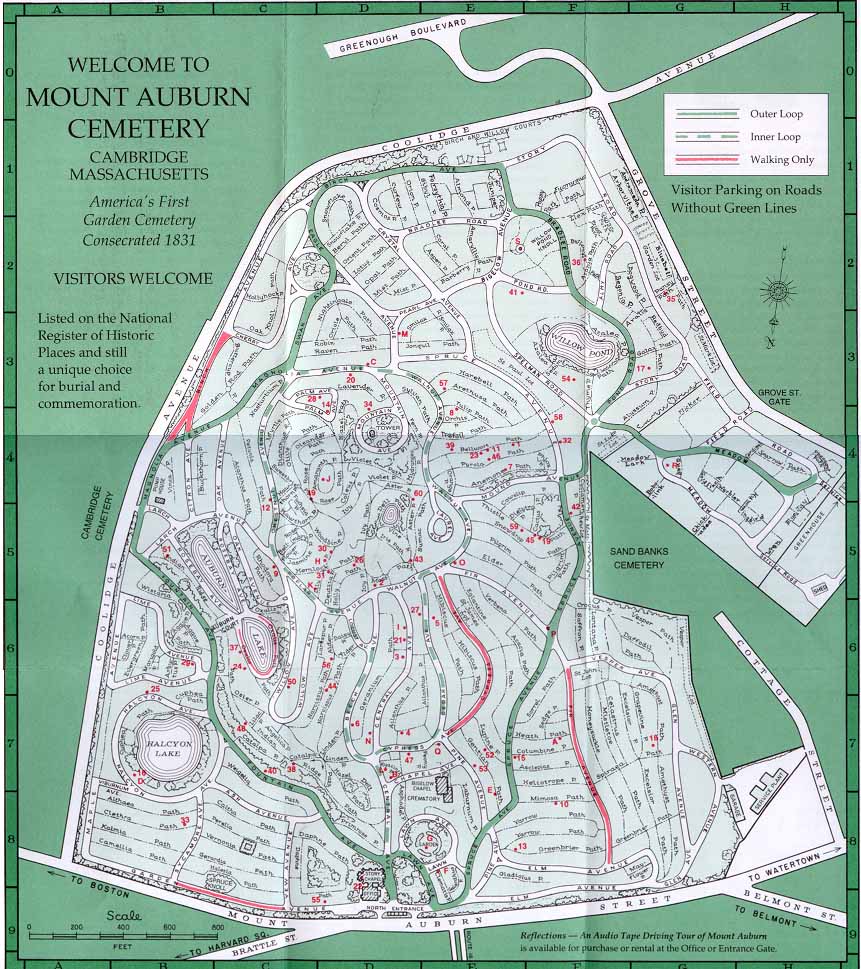Edwin H. Land
AKA:
Dr. Land
Birth Name:
Edwin Herbert Land
Birth Date:
May 7, 1909
Birth Place:
Bridgeport, Connecticut
Death Date:
March 1, 1991
Place of Death:
Prospect Hill, Cambridge, Massachusetts
Age:
81
Cause of Death:
Undisclosed
Cemetery Name:
Mount Auburn Cemetery
Claim to Fame:
Science
Edwin H. Land was an American scientist and inventor, best known as the co-founder of the Polaroid Corporation and the inventor of instant photography. “Dr. Land,’’ as most people referred to him, left Harvard College before graduation to start inventing in a Cambridge garage. In 40 years, Land built up a company that did about $1.4 billion of business all over the world in 1979 with over 20,000 employees. He stuck to his guns, never diversified into other businesses, never sold out to another company, and never borrowed money on a long-term basis. Land was awarded more than 500 patents, and other Polaroid researchers hundreds more. The Polaroid company was a juggernaut of innovation. In modern terms, Polaroid was the Apple of its time with a brilliant leader in Edwin Land, a scientist who guided the company as the CEO for several decades. But the company suffered a long decline starting in the ’80s leading to bankruptcy in the 2000s.
Fun Fact
When Edwin died on March 1, 1991 in Cambridge, Massachusetts, upon his specific instructions his trusted personal assistant destroyed all his personal papers and his notes. Oddly enough shortly after his death his historic Cambridge mansion burned to the ground.
Cemetery Information:
Final Resting Place:
Mount Auburn Cemetery
580 Mount Auburn Street
Cambridge, Massachusetts, 02138
USA
North America
Map:

Map of Mount Auburn Cemetery in Boston, Massachusetts
Grave Location:
Aronia Path, Lot 10123, Space 1Grave Location Description
The the intersection of Pond Road, Bradlee Road, Willow Pond Path and Aronia Path take a short walk up Aronia Path just past the Butternut Path and look to your right and you will see the final resting place of the brilliant Dr. Land and his wife about 50 feet from the path.
Grave Location GPS
42.36758888, -71.14714891Photos:
[+]
[+]
[+]
[+]
[+]
[+]
[+]
[+]
[+]
[+]
[+]
[+]
FAQ's
Edwin H. Land was born on May 7, 1909.
Edwin H. Land was born in Bridgeport, Connecticut.
Edwin H. Land died on March 1, 1991.
Edwin H. Land died in Prospect Hill, Cambridge, Massachusetts.
Edwin H. Land was 81.
The cause of death was Undisclosed.
Edwin H. Land's grave is in Mount Auburn Cemetery
Read More About Edwin H. Land:
Videos Featuring Edwin H. Land:
See More:
Back to Top






